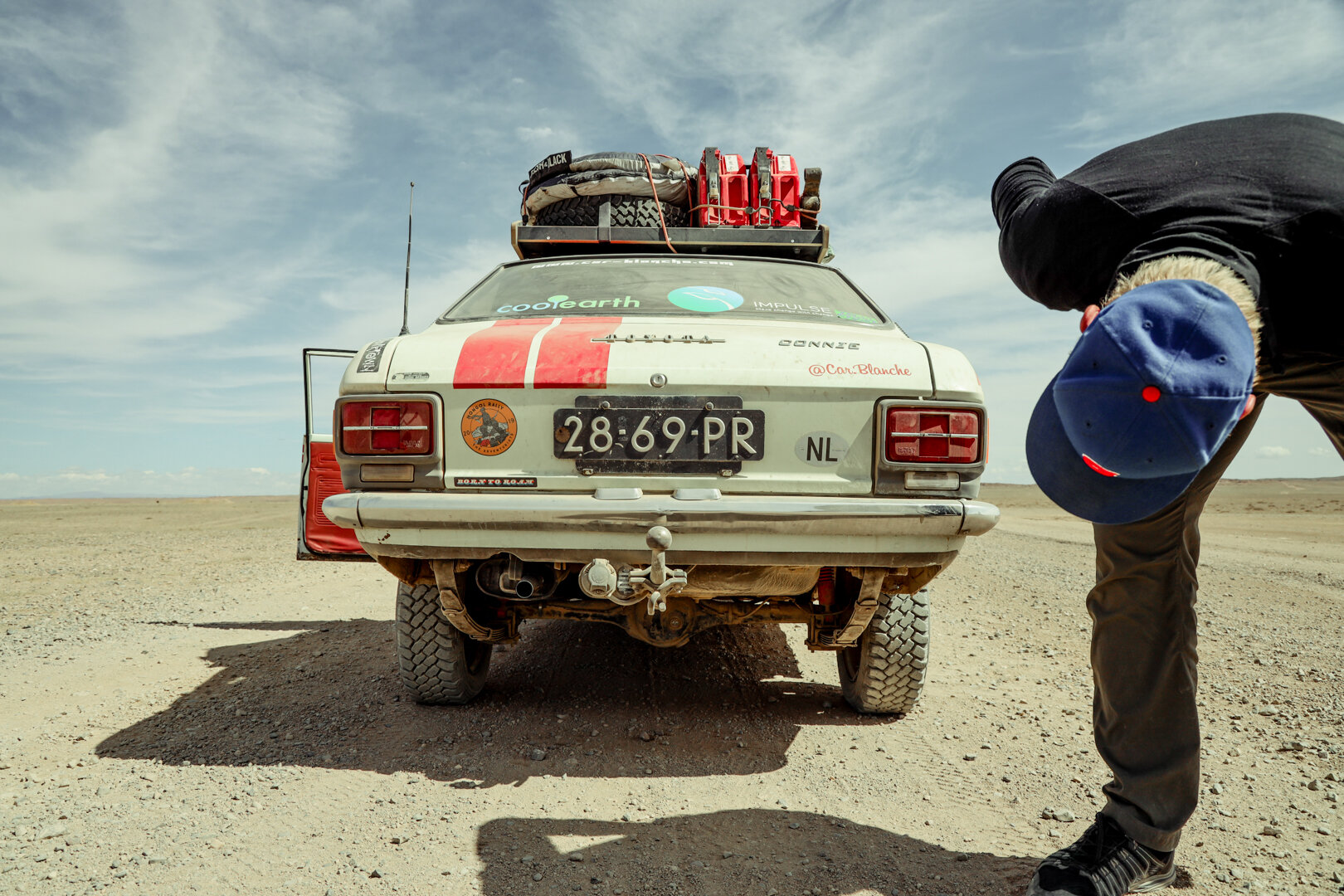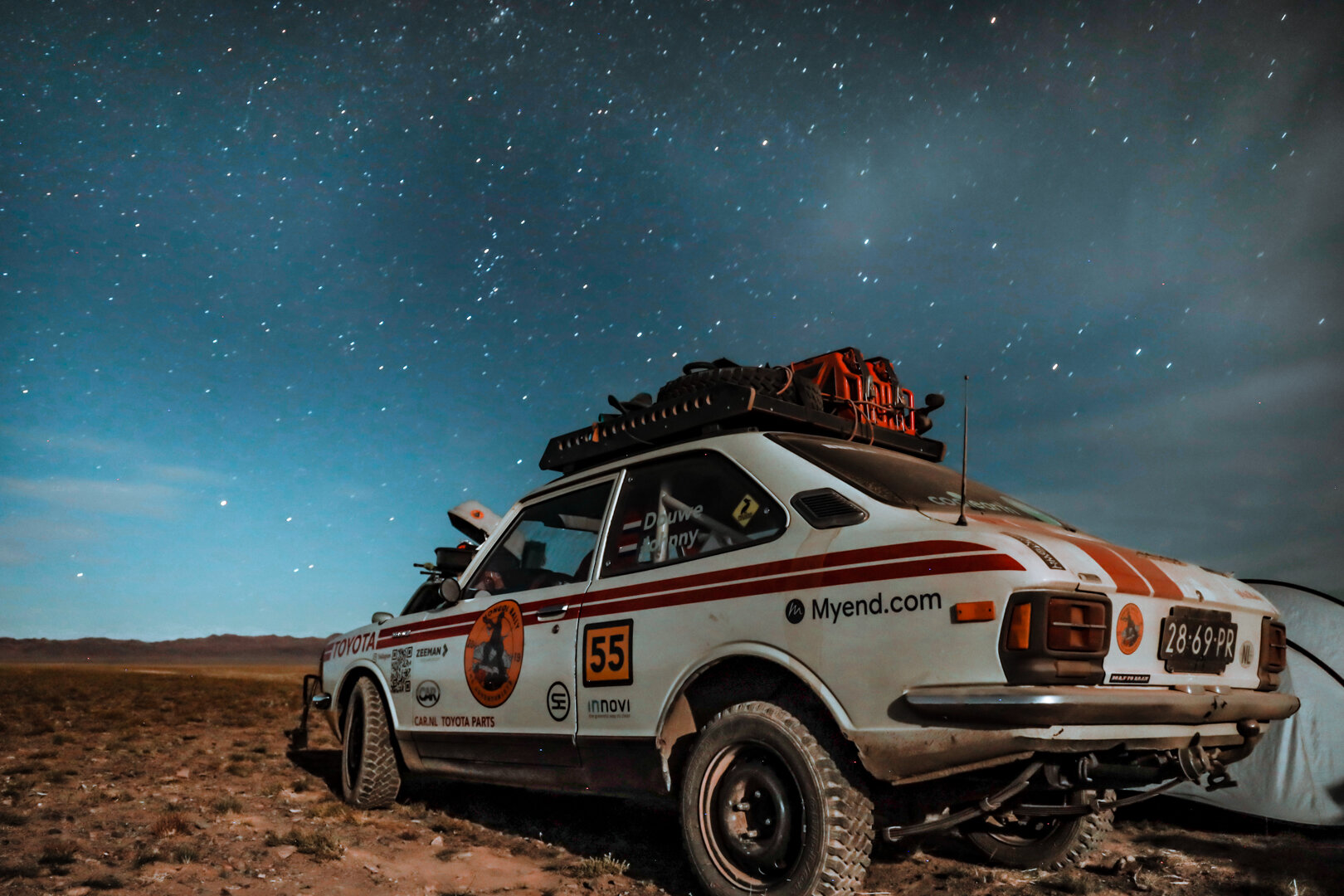Mongolia
A landlocked country in East Asia. Its area is roughly equivalent with the historical territory of Outer Mongolia, and that term is sometimes used to refer to the current state. It is sandwiched between Russia to the north and China to the south, where it neighbours the Inner Mongolia Autonomous Region. Mongolia does not share a border with Kazakhstan, although only 37 kilometres separates them.
Children of Mongolia
Mongolia has the lowest population density of any country, with most of its vast area being undeveloped and even insufficiently mapped. It is a country where children are not the most unfortunate, compared to those in other nations; nevertheless, the situation of Mongolian children living on the streets is cause for mounting concern, as is the plight of those leading a nomadic life.
⠀
The number of children living on the streets in Mongolia’s cities is constantly rising. Fleeing the poverty and abuse of their native regions, these children dream of employment and a better life in the cities. Sadly, the reality is far from being conducive to fulfilling even their most modest hopes. The struggle for survival is difficult, strewn with pitfalls and commonly doomed to grim failure. In the country’s capital, Ulan-Bator alone – home to an astounding 45% of the country’s population of 2.75 million – the number of children condemned to this fate has been estimated to be 400,000, or 14.5% of the entire population.
The Bactrian Camel
There are 2 types of camels who survived on earth, which is one-humped Dromedary, makes up 94% of all and remained 6% are a two-humped Bactrian camel.
⠀
The Mongolian Gobi is the habitat of the Bactrian camel. Also, there are Wild Bactrian Camels, called ‘Khavtgai’ who survived and still roaming through this exotic and alive desert.
⠀
There are around only 800 wild camels remained in the harsh environment of Mongolian Gobi. The ancestor of the domesticated Bactrian camel has been attracted to international researchers for its different gene since it was first discovered by Russian explorer in 1800s. It is classified as Critically Endangered Species by International Union for Conservation of Nature (IUCN).














